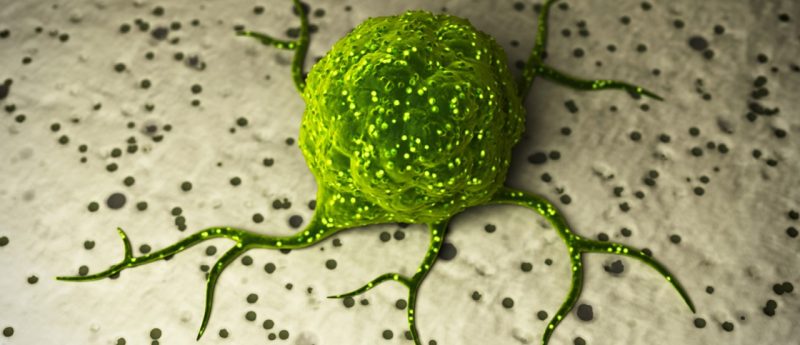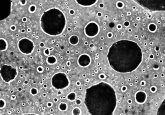Could the stages of melanoma be elucidated using banana peels?

The black spots that begin to cover bananas as they age are caused by the enzyme tyrosinase. This browning is a natural process that is common among certain organisms. The enzyme is also known to be implicated in melanoma, a form of skin cancer. Normal pigmentation of the skin is caused by melanin and forms the body’s natural protection against the sun. This isdisrupted in melanoma, which also results in malfunction in the regulation of tyrosinase, resulting in the spots, indicative of melanoma, found on the skin.
The fact that tyrosinase occurs in ripe fruit and human melanoma has now been exploited by a team of researchers including chemist Tzu-En Lin (Doctoral Assistant at EPFL, Switzerland) to develop an imaging technique that can be used to measure its levels and distribution in human skin. Lin et. al’s findings were recently published in Angewandte Chemie.
Ripe fruit was first used for research, followed by samples of cancerous tissues, in which tyrosinase levels and distributions were found to be indicative of the stage of the disease. In stage 1 cancer the enzyme is not very apparent; in stage 2 cancer it becomes present in large amounts with an even distribution; and in stage 3 it is found to be unevenly distributed. It was determined by the team, led by Hubert Girault at the Laboratory of Physical and Analytical Electrochemistry at Sion (EPFL Valais Wallis), that tyrosinase can be used as a reliable marker of melanoma growth.
“The spots on human skin and on a banana peel are roughly the same size. By working with fruit, we were able to develop and test a diagnostic method before trying it on human biopsies,” explained Hubert Girault (Professor at EPFL and one of the study authors)
A scanner was designed by the researchers with eight flexible electrodes lined up like the teeth of a comb. Without damaging the skin, these tiny sensors can pass over it and, within an area of a few square millimetres, measure the electrochemical response. The researchers can then determine the stage of melanoma as the electrodes calculate the quantity and distribution of tyrosinase. The need for invasive tests such as biopsies could be obviated by this system.
This same scanner will hopefully be used to view tumors and eliminate them. “Our initial laboratory tests showed us that our device could be used to destroy the cells,” noted Girault.
Sources: Cancer: banana peels can help identify the stages of melanoma; Lin TE, Bondarenko A, Lesch A. Monitoring Tyrosinase Expression in Non-metastatic and Metastatic Melanoma Tissues by Scanning Electrochemical Microscopy. Angewandte Chemie (DOI: 10.1002/anie.201509397)(2016).




